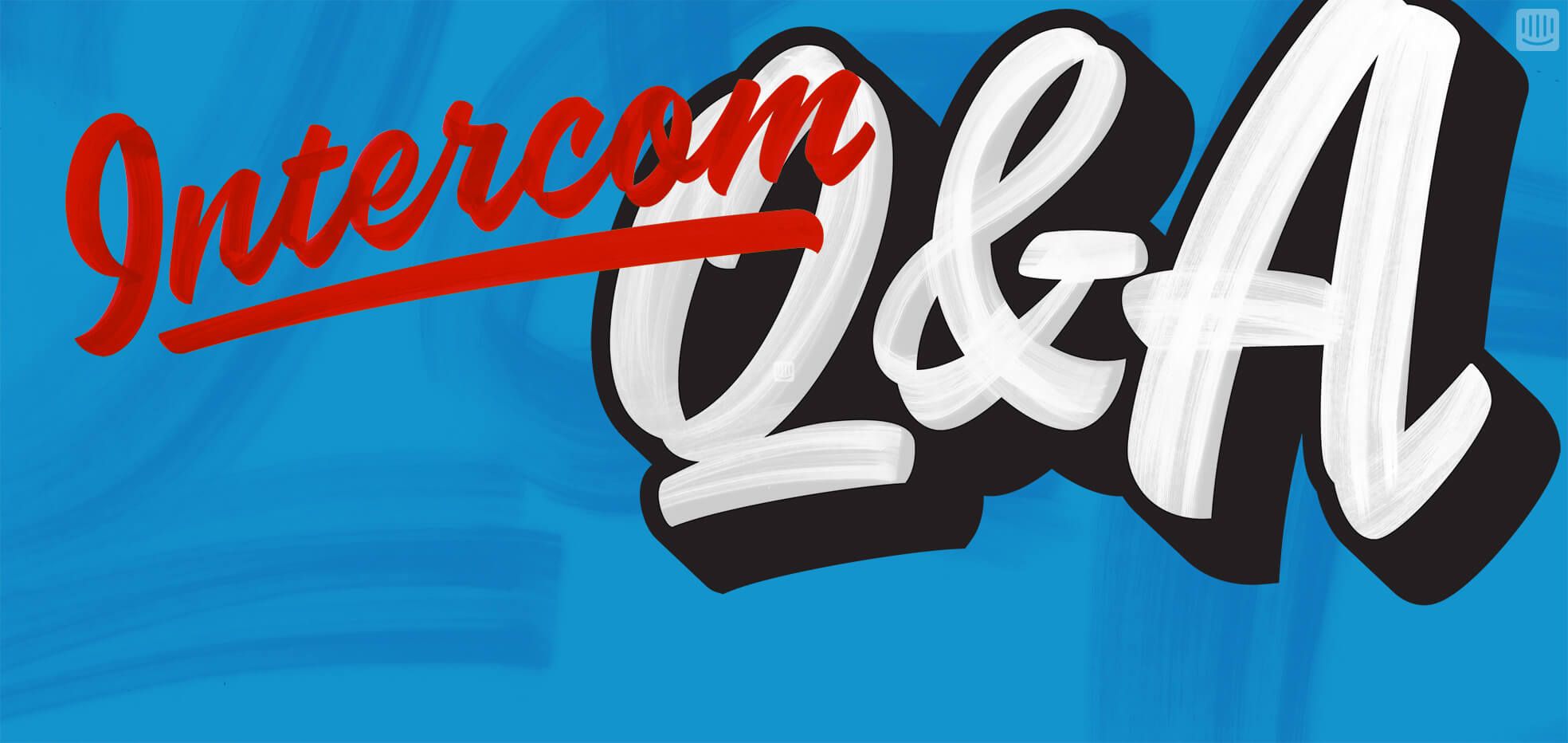
Q&A: How do you find your first 100 paying customers?
Last week, we asked our readers to send in their questions about business, startups, product management and more.
We got a fantastic response, and we’ll be rolling out answers to some of the most interesting questions in the coming weeks. We host a regular call for the Q&A on our newsletter, so if you’d like to get involved, just sign up and hit reply. We’ll do our very best to answer as many questions as possible.
How do you find your first 100 paying customers?
This week, Niels had a question for our Co-Founder, Des.

Des: It took us just over a year to get 100 paying customers. This sounds like a long time, but when we launched it was free for everyone, so we actually didn’t start charging for a year. Hence we were always going to be waiting a long time for paying customers.
Push forward the ideas that are embodied in your software.
In terms of how we found them, we didn’t find them; they found us. We planted many seeds in the run up to launch. For a long time, we had been writing articles about how to run a SaaS business, how to scale a SaaS business, how to grow your audience, pick your features, delight your customers. Basically all the sort of content that would be specifically appealing to folks working in SaaS companies.
So when we launched our product with a blog post in 2011, we already had a captive audience and network and we got an immediate burst of signups.

Then we went #1 on Hacker News, which got us many more signups. I also wrote a very popular guest post for Smashing Magazine on topics related to Intercom, which grew our audience even further. If you were to look at the first 100 paying customers for Intercom, I’d bet most would have come from one of these channels.
But that’s not to say “Traction = blog post + guest post + Hacker News”. It’s not that easy. And besides, it’s Product Hunt these days :) . The broader question here is how do you find meaningful traction? In B2B SaaS, if you’re doing something that’s either category-creating or category-defining, you need to push forward the ideas that are embodied in your software.
Let’s say you are trying to pitch a new email app to me. I actually don’t care too much about the pixels and the shadows or the typography of the product. For the most part most of these products look the same: fancy sidebars and swipe actions. I really care about the thinking behind the product – how you think about email and how those ideas are reflected in your product. If those ideas resonate with me as a customer, I’ll definitely give your product a try.
So yes, you can launch on Product Hunt, and if you do a good job there you’ll get a few thousand people interested. But they’re high street shoppers, jumping from store to store. Easy come, easy go. To attract a meaningful audience of likeminded people, you have to share an idea.
That’s the general piece of advice I’d offer on early traction – share the ideas that you’re baking into your product as early as you can. That’s what will attract the people who are interested in what you’re doing.






